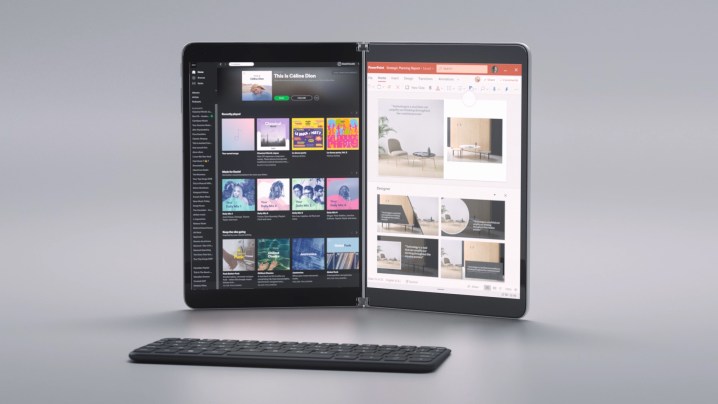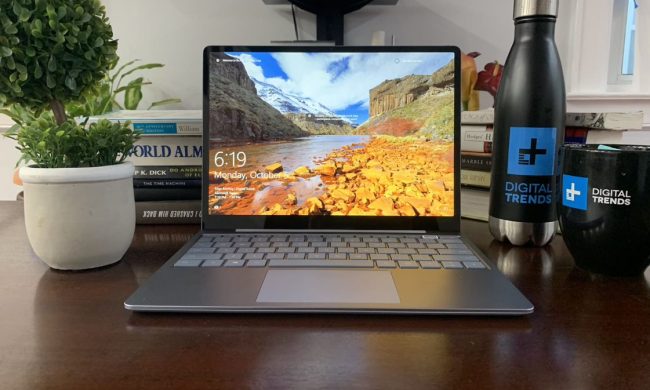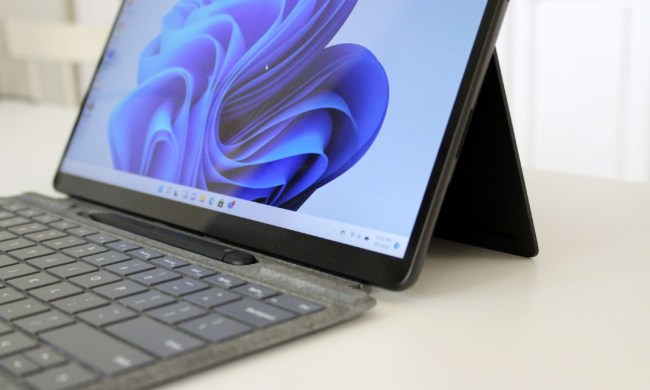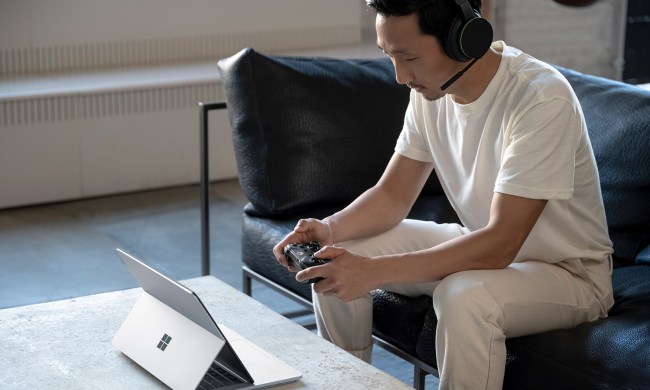Panic hit the Microsoft and Surface community last night. Microsoft reporter Mary Jo Foley revealed on April 8 that Microsoft looks to be delaying Surface Neo and Windows 10X devices to 2021.
There was lots of anticipation behind the dual-screen PC and the new touch-friendly operating system, and now that has fizzled. Is Microsoft struggling to make the software work? Is the future of dual-screen devices in jeopardy?
Delays are never a good sign, but these dual-screen PCs are the most important Surface launch in the last decade. Microsoft can’t afford to get this one wrong.
A bad year for PCs

It should be noted up front that the delay is still just a rumor, as Microsoft hasn’t commented officially yet. But there’s a reason to believe the reports.
Due to the coronavirus pandemic, the supply chain in China that supports the PC industry has seen large disruptions. That’s not a problem unique to Microsoft, as Nintendo has faced shortages of the Switch console in Japan and other areas of the world. Even Facebook has also stopped taking orders for its new Oculus Quest VR headset.
The current state of the economy could be a larger reason for the delay. Launching a brand new premium product like the Surface Neo at a time when the world economy is struggling isn’t ideal. Much like Lenovo’s $2,500 ThinkPad X1 Fold, the device could be an expensive endeavor. With the United States economy struggling, and a record number of people applying for unemployment, it’s likely the Surface Neo would be the last thing on people’s minds during the 2020 holiday season, when the devices are expected to launch.
The Surface Neo is a product meant for workers on the go — someone who wants to take their work with them while traveling. The current quarantine makes that primary feature irrelevant.
More time for testing

A launch in 2021 isn’t just better timing — it also leaves more space for Microsoft to nail its new software release, Windows 10X. A lot is riding on the success of this touch-friendly, dual-screen-ready version of Windows.
Since its announcement in late 2019, Microsoft has been quiet about Windows 10X and resisted putting it in the hands of the public. Even new dual-screen devices that were shown off at CES this year didn’t feature the software running. More time before launch means more development space to ensure the operating system is exactly what it needs to be.
Recent changes to the Windows Insider program show how that is starting to change. The “Fast Ring” used to provide previews of upcoming features of Windows 10, but now it’s shifted to something called “active development.” With active development, beta testers are able to get the latest work in progress code from Microsoft engineers. Windows 10X could be a great fit for this active preview of development.
Dual-screen devices have always been been talked about with Windows 10X, but the recent reporting states Microsoft is switching its focus to implementations on single-screen devices. This means we’ll be able to test the software out through the Windows Insider program, and let Microsoft use feedback from the community ahead of the official launch.
It also could let Microsoft target a different audience. The dual-screen devices will be expensive, no doubt. Focusing on single-screen devices, whether that’s a cheap tablet or laptop, could help bring Windows 10X to the masses. In that way, it puts it on the same playing field as Chrome OS and iPadOS. Microsoft’s own Surface Go feels like a natural fit for this solution. None of this has been confirmed by Microsoft, but it could make sense in a world where more affordable devices are needed.
Surface Duo is a better launch vehicle

With the Surface Neo apparently being delayed, it also allows for Microsoft’s other new product to shift into the spotlight. That’s the Surface Duo, which is a dual-screen smartphone powered by Android. As it turns out, the Surface Duo might be a better device to launch this dual-screen platform.
Much like when the Surface RT came before the Surface Pro when it was first revealed, this offers a chance for us to whet our dual-screen appetite.
Unlike the Surface RT, which was locked down to the Windows Store, the Duo is powered by Android. The average person is already familiar with this operating system, along with its corresponding apps and services.
There are also many other dual-screen and foldable phones on the market, including the Samsung Galaxy Fold, as well as the LG V60 ThinQ 5G. Barring the design differences, these are all Android-powered devices that largely do the same thing as the Surface Duo — deliver your favorite apps and services on two screens for improved productivity.
The Duo isn’t a reinvention of the industry in the same way the Neo is. By rolling out the Duo first, and delaying Neo, Microsoft is giving people more ways to roll into its ecosystem.
We won’t know until it happens, but with the stakes this high, more time for the Surface Neo and Windows 10X can’t be a bad thing.


